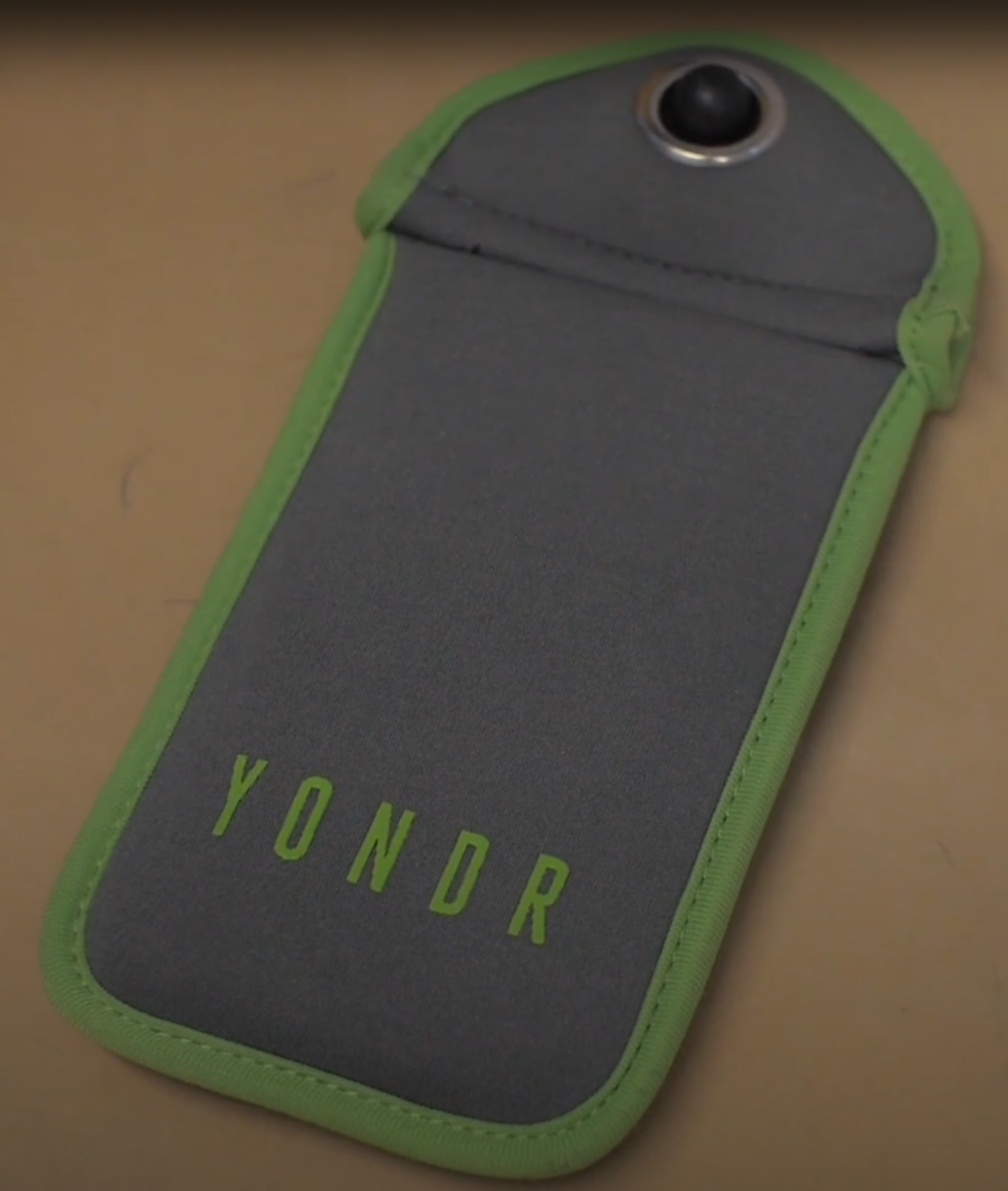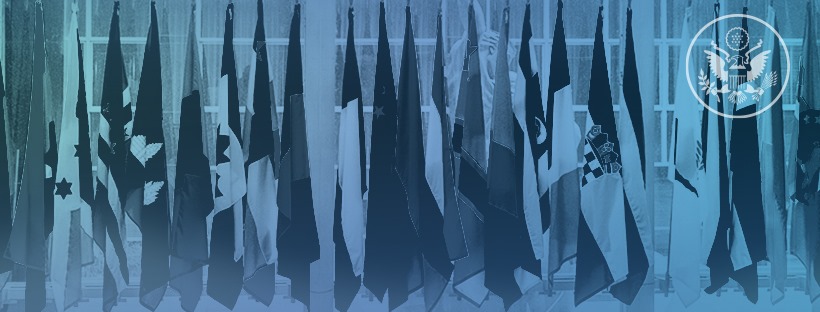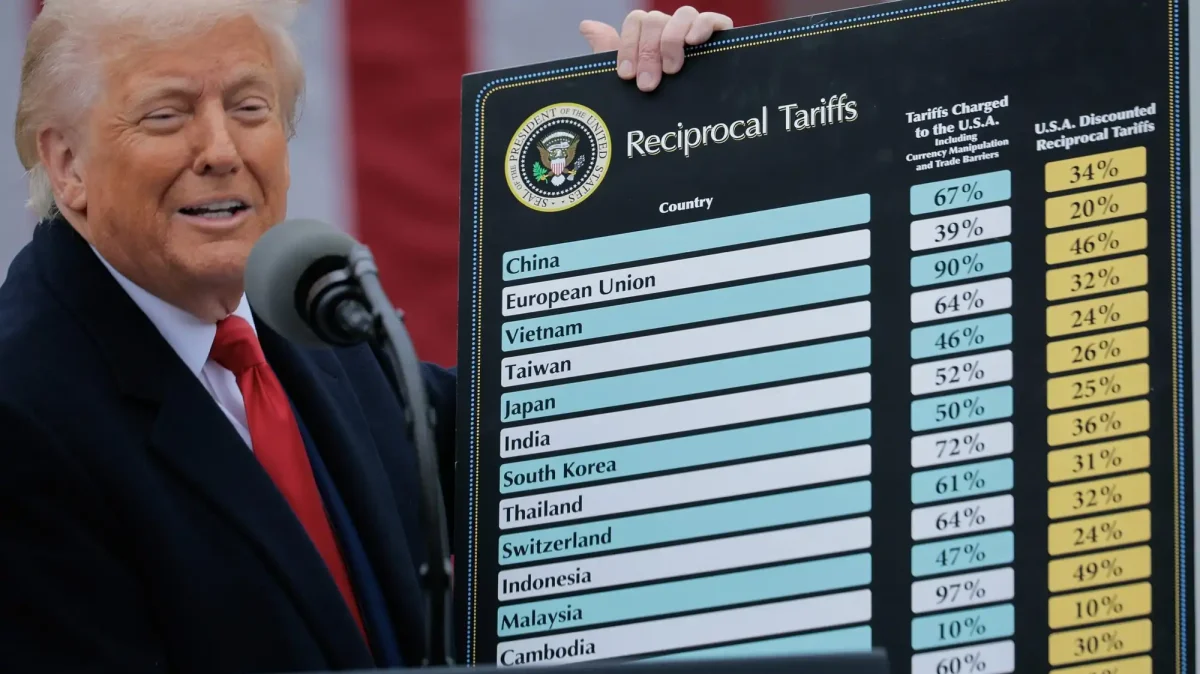Across the country, the buzz of cell phones is falling silent in classrooms. From California to Florida, schools are tightening policies, requiring phones to be placed in magnetic pouches, and overall, greatly restricting phone use. Westminster’s own phone policies place it squarely in the middle of the conversation, raising the question: do cellphone rules ultimately help or hinder students?
Over 20 states’ public school systems, including schools in Texas and Florida, have implemented full phone bans, while many more have partial bans. These bans are driven by efforts to improve student focus through eliminating distractions, enhancing mental health, and reducing cyberbullying. Still, 17 states across the country, including California, lack any ban whatsoever, citing their roles in communication and safety, as well as enforcement challenges.
Westminster’s cell phone policies reflect a middle ground between a full ban and a partial ban: underclass students have to place their phones in designated areas during class, while upperclass students are allowed to keep them in their bags. This allows both upperclass and underclass students to keep their phones throughout the day, but still limits distractions during class. The looser policy for upperclass students, furthermore, plays a crucial role in developing their independence and responsibility.

Westminster’s cell phone policies, however, don’t change due to the national trends: they change because of research.
“We are always going to follow research rather than national trends. We’re going to look at national trends in order to see what’s happening out there, but then we’re going to look at the research behind them, and whether that research is valuable, and whether it fits our school,” said dean of policy Tiffany Boozer.
The response to the Upper School’s current policies has overall been overwhelmingly positive among students and teachers alike.
“I feel that we’re a little bit privileged in that we’re able to use phones between classes, and to be able to use them with no restrictions outside of class. I think that right now it’s definitely not a bad restriction to limit their use in class,” said sophomore Raymond Boamah, whose sentiment continues to be echoed throughout the rest of the student body.
Nationally, students have had mixed reactions to the cellphone policies. While many are indifferent, some feel frustrated over losing the communication, convenience, and connection which come with cell phones.
“I view the current cell phone policy positively. I think by requiring freshmen and sophomores to [place their phones in cell phone pouches], but then, a lot of juniors and seniors get a little bit more freedom to practice the self control to not look at their phone which is an important step towards the independence they’re going to have in college,” said science department chair Tina Davis.
Her perspective underscores one of the main reasons behind stricter cell phone policies: teachers see firsthand how phones can derail focus during lessons. Boozer added that technology works best when students learn how to use it responsibly as a tool.
“We try to balance the preparation of tech independence with limiting distractions by being stricter with the ninth and tenth grade than the eleventh and twelfth. We also allow teachers to use cell phones as a tool in class where it makes sense to the teacher from a pedagogical standpoint, and I feel like that’s one of the best ways to teach students how a cell phone can be used in a positive learning environment,” said Boozer.
As more schools continue to grapple with handling phones, Westminster’s policies illustrate the challenges of balancing research, student well-being, and preparation for independence. While a full ban is unlikely, administrators will continue to monitor the current research to make informed decisions.
Edited by Isabel Gao







